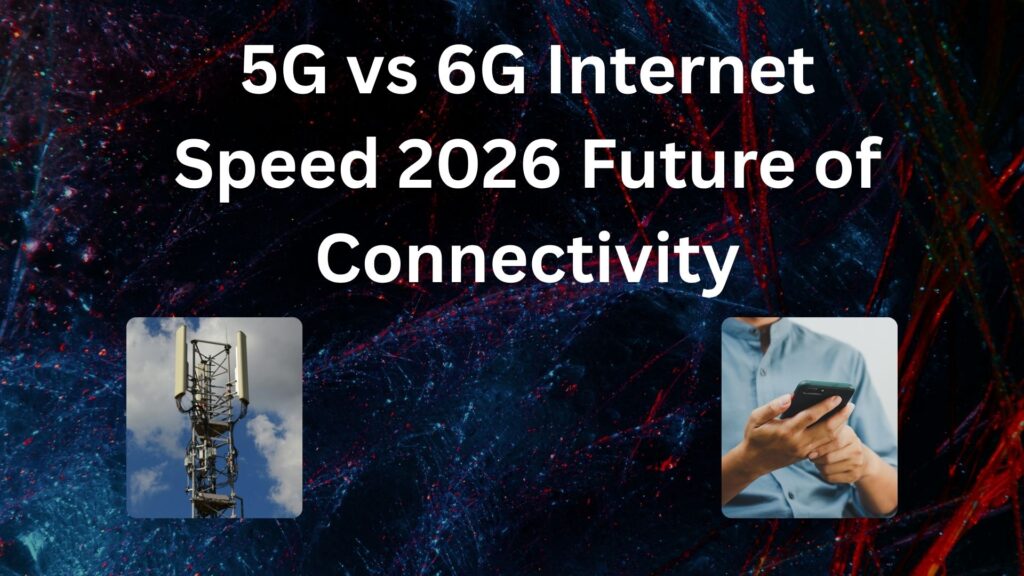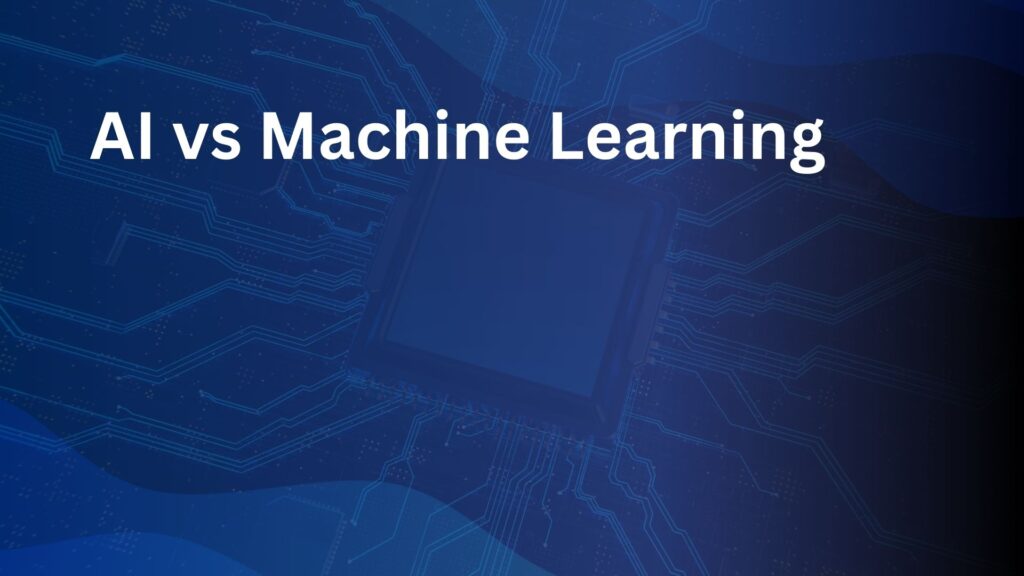I personally believe technology matters most when it solves real problems and improves the way we live, work, and communicate.
Introduction
The internet has become the essential part of modern life. From streaming entertainment to powering businesses and smart homes, everything relies on fast and stable connectivity. In 2026, the conversation is shifting from 5G networks that are still being rolled out globally to the new opportunities of 6G technology.
While 5G continues to transform how we use mobile internet, 6G promises to take connectivity to much higher levels — faster speeds, near-zero latency, and advanced integration with AI, IoT, and immersive experiences like virtual reality.
In this article, we’ll compare 5G vs 6G, highlight the key differences, and explore what the future of internet speed may look like in 2026.
5G in 2026 – Still Growing Strong
Even though 6G is making headlines, 5G is far from obsolete. By 2026, most developed countries will have nationwide 5G coverage, and emerging markets will also catch up.
- Download Speeds: 5G offers speeds up to 10 Gbps in ideal conditions.
- Latency: 1–10 milliseconds, making it great for gaming, video calls, and IoT.
- Applications: Smart cities, autonomous vehicles, telemedicine, and faster streaming.
👉 In short, 5G is the main support of today’s digital world and will remain relevant for years to come.
What Makes 6G Different?
If 5G feels fast, 6G is expected to feel instantaneous. While 6G networks are still in development, experts believe that early test projects will begin rolling out between 2026 and 2028.
Key upgrades over 5G include:
- Download Speeds: Up to 100 Gbps or more.
- Latency: Less than 1 millisecond —almost no delay .
- Spectrum Use: 6G will use higher frequency terahertz bands, providing massive bandwidth.
- Integration: Works smoothly with AI, XR, holograms, and smart systems.
5G vs 6G: A Direct Comparison
| Feature | 5G (2026) | 6G (Expected) |
|---|---|---|
| Speed | Up to 10 Gbps | 100 Gbps or more |
| Latency | 1–10 ms | < 1 ms |
| Coverage | Widely available | Limited / Pilot projects |
| Applications | IoT, AR/VR, streaming, smart cities | Holograms, full VR immersion, smart factories |
| AI Integration | Basic | Deeply embedded in network design |
👉 While 5G is about connectivity, 6G is about intelligence + connectivity.
Everyday Impact of 6G
The real excitement of 6G lies not just in speed but in how it will impact daily life.
1. Smooth Virtual & Augmented Reality
With ultra-low latency, 6G will power real VR experiences, from education to gaming, without motion sickness or lag.
2. Smart Healthcare
Imagine remote surgeries where doctors across the globe can operate in real time, thanks to near-instant data transfer.
3. Smarter Cities & Homes
6G will connect billions of IoT devices, making energy grids, transport systems, and homes more intelligent and sustainable.
4. Holographic Communication
Video calls will evolve into full 3D holographic meetings, transforming how we interact socially and professionally.
Challenges Ahead for 6G
Of course, 6G won’t be perfect from day one. There are challenges to solve :
- Infrastructure Costs: Deploying 6G will require massive investment in new towers and satellites.
- Energy Consumption: Higher speeds mean higher power demands.
- data safety: With stronger AI use, data security will be a bigger concern.
- Accessibility: Rural areas may take longer to benefit from 6G networks.
Will 5G Become Obsolete?
The short answer: No.
Even as 6G emerges, 5G will remain the global standard for years, especially in developing countries. Think of it this way — just as 4G is still widely used today despite the rise of 5G, the same will happen with 5G and 6G.
Both technologies will coexist, with 6G first being used in niche applications before becoming mainstream.
Key Takeaways
As we step into 2026, the debate of 5G vs 6G is less about one replacing the other and more about how they will work together to create a smarter, faster, and more connected world.
5G is here, strong and reliable, enabling billions of devices and industries. 6G, on the other hand, is coming soon, promising new possibilities like holographic communication, immersive VR, and ultra-fast speeds.
For users, this means one thing: the internet of tomorrow will be faster, smarter, and more deeply woven into our daily lives than ever before.
If you enjoyed this article, you may also like my previous post: [ https://techhorizonpro.com/search-live-ai-agents-2025-how-search-is-changing-with-voice-vision-autonomy/ ]
This article is written by Muhammad Zeeshan, who writes about technology, AI, and digital trends in a clear and easy-to-understand way.
You may also like my previous article , where I share practical insights on online security and digital tools.




Pingback: How IoT Devices Are Shaping Smart Homes in 2026